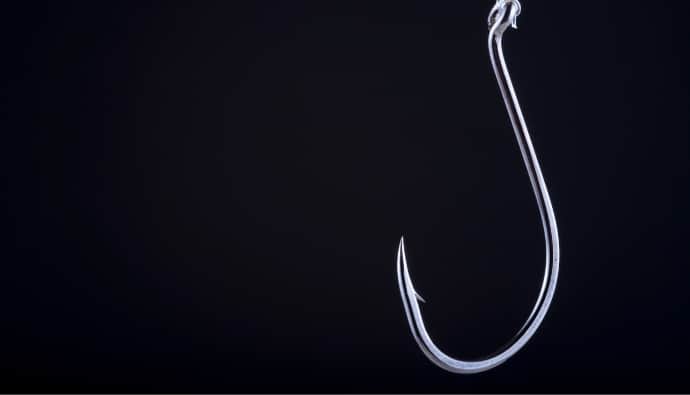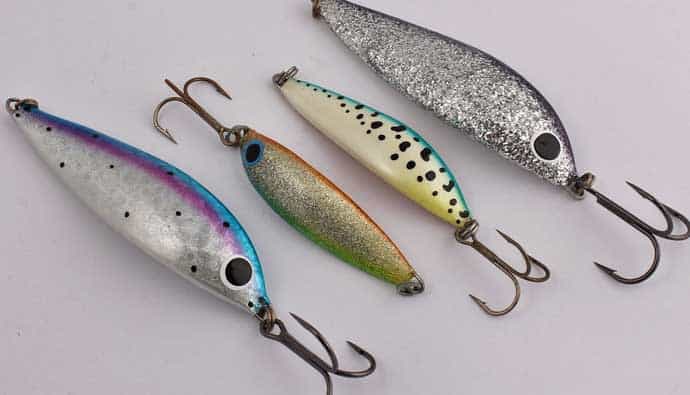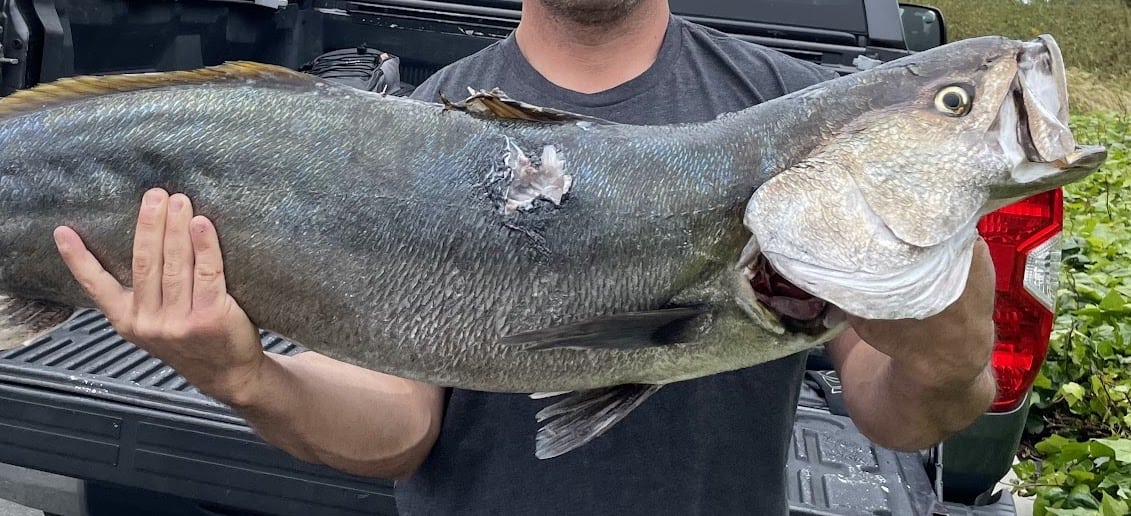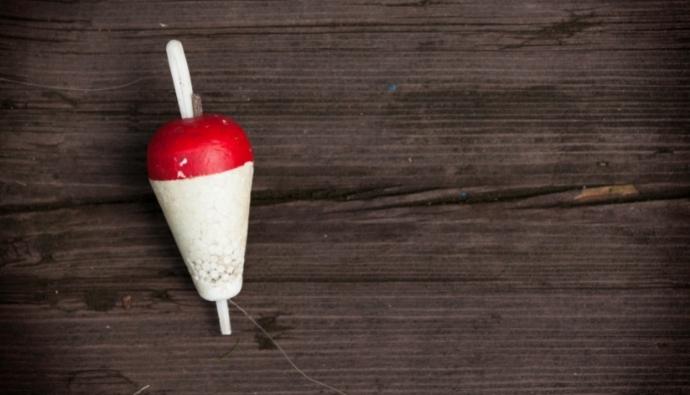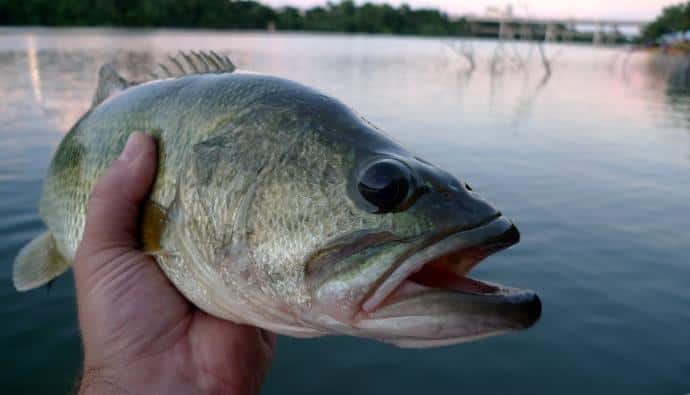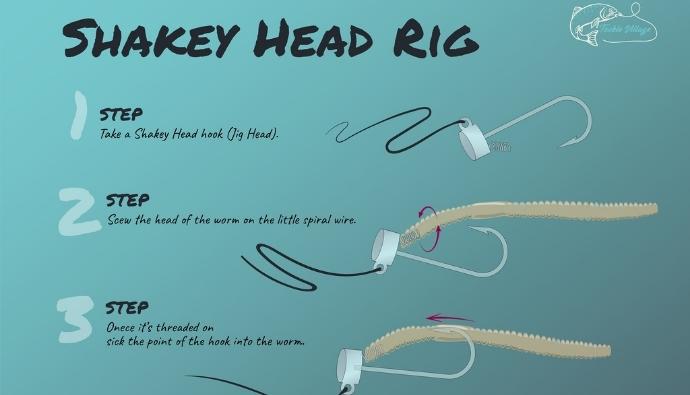Let’s learn basic saltwater jig fishing rigs to help you catch fish.
A jig is a lead head with a hook molded into it. Usually, you’ll put a soft bait or skirt on it to create a motion that makes the fish react. Jigging rigs is the setup you choose to display these jigs to increase your chances of a hookup.
Jig Fishing Rigs Basics
Jigging rigs come in various configurations. A simple setup would be a bucktail at the bottom with another bucktail 18 inches above it. You can attach it with a drop shot or a dropper loop. If you want to get fancy, you can use crimps or three-way swivels to make various lengths away from the mainline.
You don’t need to jig the jig fishing rig aggressively to attract fish to the circle hook. Just move the tip of the rod gently. Your aim should be to ensure the sinker remains at the bottom at all times and the flies float gently at the targeted depth.
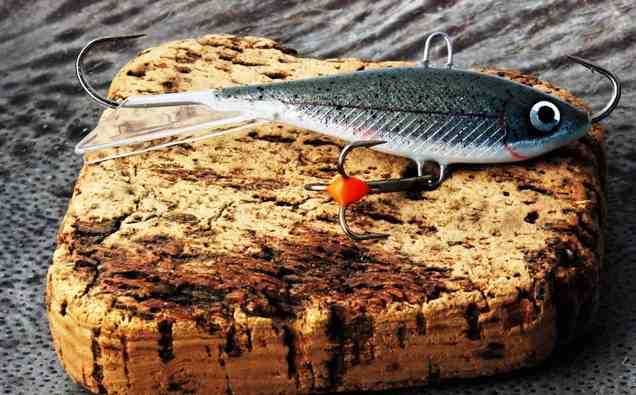
4 Common Types of Jigs
1. Flutter Jigs
A flutter or butterfly jig has a non-symmetrical and tapered jig designed to flutter and tumble as it falls. Rather than floating straight to the bottom, they do so erratically, thus mimicking injured fish. The action triggers an instant kill response from game fish, whether they are hungry or not.
2. Slow-pitch Jigs
A slow-pitch jigging rig is specifically for swift action as it allows the jig to imitate a wounded baitfish. The jig floats right down to the bottom since the weight is at the bottom, a design that will enable the jigs to flutter as well. In other words, it imitates an easy snack that fish cannot ignore.
3. Vertical Speed Jigs
Vertical speed jigs are for vertical jigging. The jig’s specially designed head allows the circle hook with smaller bait to float upright even if it crashes on the bottom.
4. Diamond Jigs
Diamond jigs can imitate a number of smaller baitfish successfully, thus their popularity. Most are equipped with a treble hook, but you can replace it with others you have for your main line.
These are ideal if you are fishing over deep reefs and shoals for blues and stripers, so you should definitely search them out.
Best Jigs at Different Depths
Shallow water (50m or less)
Swim jigs are ideal for use in shallow water and spots covered with grass or weeds. These are much lighter than other types of jigs since they don’t need to sink down too far.
Medium depth (50m-100m)
Both swim and bladed jigs can be used to fish at medium depths. Bladed varieties are also known as vibrating jigs and feature a synthetic skirt and a weighted head on a single wire hook.
It also has a metal or painted blade at the front, which vibrates quickly to attract fish. Attach it to a jigging rig you are dropping at medium depths to benefit from it.
Deep water (100m-200m+)
Metal jigs can prove handy for a jigging rig that is being used for fishing in deep water. Search for ones that can glow in the dark. The deeper the water, the darker it gets.
Saltwater Jigging Techniques
Speed Jigging
Speed jigging is one of the best ways to lure in hungry and opportunistic fish to a circle hook on a jigging rig. You basically have to pull a dense spoon through a column of water in a way that makes it dart sporadically.
Flutter Jigging
These will flutter down as they sink. A lot of guys use braid and fluoro for these style jigs, so they have the sensitivity to feel the bite on the way down.
Bottom Jigging
Bottom or deep jigging employs a rig that has treble hooks attached. Use it if you are jigging over a sandy bottom.
Some jigs, such as the butterfly jig, have a specially weighted design. The top, middle and bottom weights give different actions to move sideways, slide, and even sweep through the water.
Start by letting the jig free-fall and allow the line to go slack after. Then, jig the lure up to 20 or 30 feet and free the spool again. Make sure it remains close to the ocean floor at all times.
Boat Handling/Drifting
Successful bottom fishing using jig fishing is an intricate game. You have to work with the current, depth, structure, and habits of the fish you are targeting. Precise positioning can be a challenge if you fail to position the boat correctly.
When there’s current, it’s important to use them properly weighted jig to reach the bottom. You’ll likely need to make drift passes over the structure, or you can use a GPS trolling motor to hold your position.
Frequently Asked Questions
For jigging, search for a rod with an extremely sensitive blank, a comfortable handle, and the proper length for you to make a good cast. Between 7-9 feet will work for most applications.
For jigging, it is better to use dead baits to tip your hooks. Some guys will even put a fish carcass minus the fillets on the end of a spoon and drop it down for big groupers.
Most jigs have a weight molded into the hook already. If you need to add a bit of a split shot to hit the right area of the water column, go for it.




 Facebook
Facebook YouTube
YouTube